E-Bike Crosscountry
378 Crosscountries
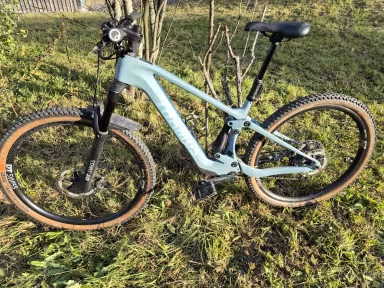
Thömus Lightrider E-Ultimate
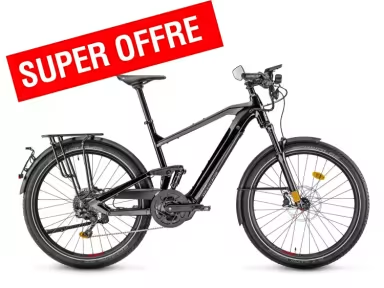
Moustache Friday 27 FS SPEED
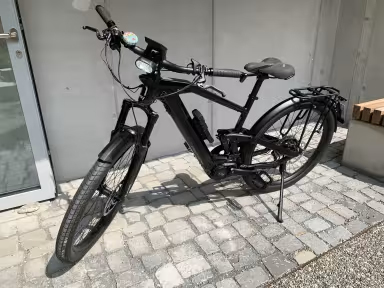
Moustache Friday 27 FS SPEED
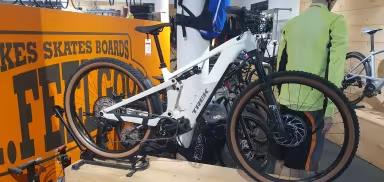
TREK Powefly + Fs6
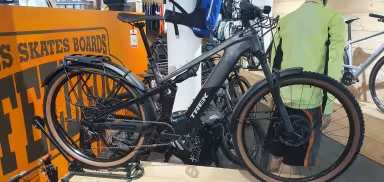
TREK Powerfly FS 4 Equipped Gen 3
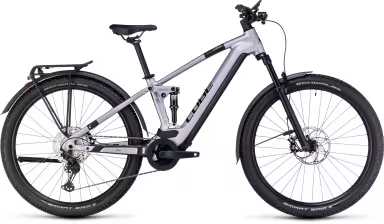
Cube Stereo Hybrid 120 Race 750 Allroad
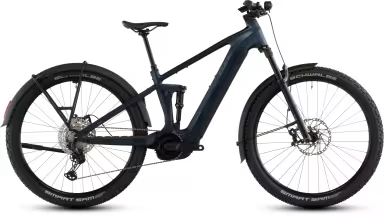
Cube Stereo Hybrid ONE22 SLX 800 FE
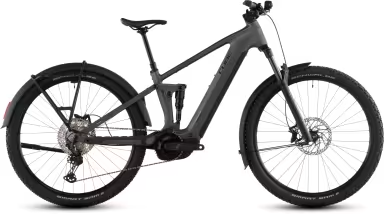
Cube Stereo Hybrid ONE22 Race 800 FE
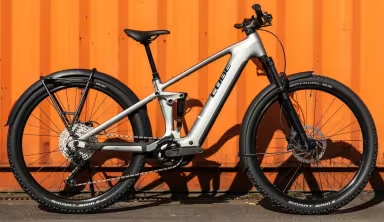
Cube Stereo Hybrid ONE22 Race 800

Cube Stereo Hybrid ONE22 Race 800 FE

TREK Powerfly FS 4 Equipped Gen 3
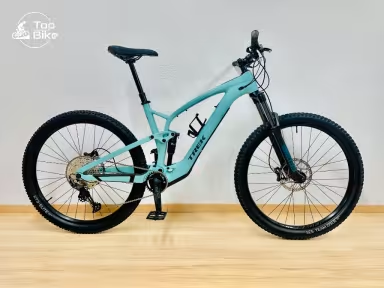
TREK Fuel Exe 5
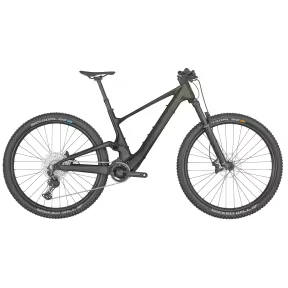
SCOTT Lumen eRIDE 910
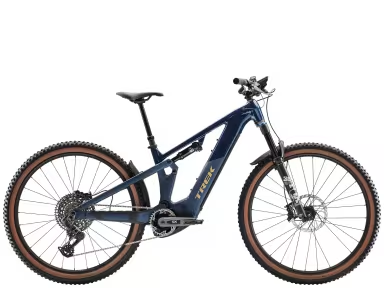
TREK Powerfly+ FS 8 Gen 4
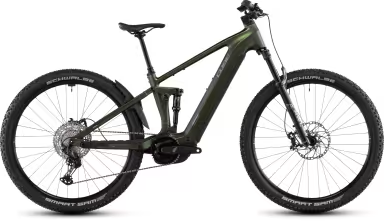
Cube Stereo Hybrid ONE22 SLX 800
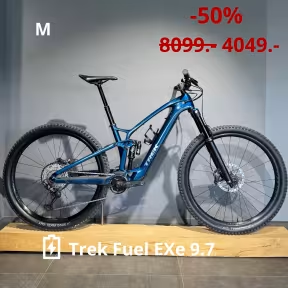
TREK Fuel EXe 9.7
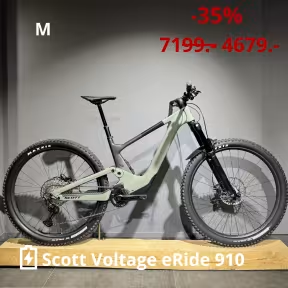
SCOTT Voltage E-Ride 910
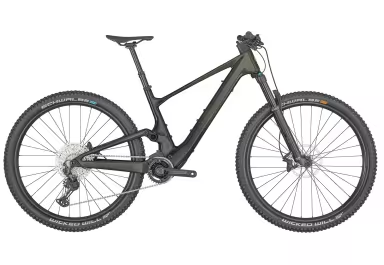
SCOTT Lumen eRIDE 910
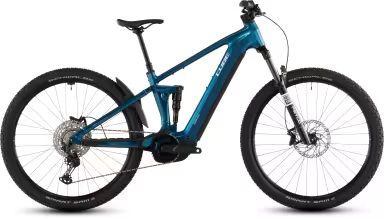
Cube Stereo Hybrid ONE22 Race 800

TREK Powerfly+ FS 8 Gen 4

Cube Stereo Hybrid ONE22 SLX 800 FE

Cube Stereo Hybrid ONE22 SLX 800 FE
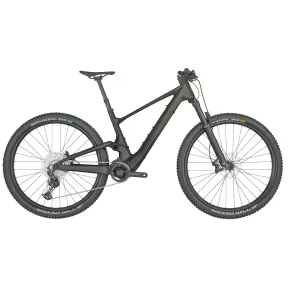
SCOTT Lumen eRIDE 910
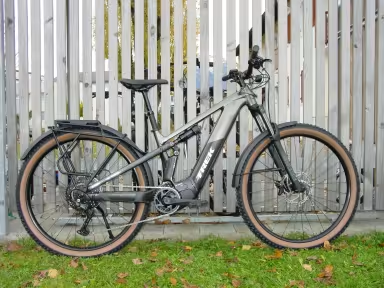
TREK Powerfly FS 4 Equipped
Buying advice for: Mountainbike: Fully: Crosscountry
Frame material
Aluminium frames are widely used in e-bike cross-country due to their combination of strength, stiffness and relative lightness. They offer good durability and are less susceptible to damage from impacts or falls. Carbon frames, on the other hand, are known for their lightness, stiffness and excellent vibration damping. They often offer a very smooth ride and high performance, especially on technical trails. However, carbon frames are often more expensive than aluminium frames and may require more attention and care to avoid damage. Titanium frames are rarely found on cross-country e-bike models as titanium is an expensive material. However, titanium frames are light, strong, corrosion resistant and offer a smooth ride. However, they are very expensive and are often only used in high-end or custom bikes.
Chassis
The suspension of a cross-country e-bike, also known as the suspension system, is a crucial element in the bike's performance and comfort on demanding cross-country trails. The suspension fork is located at the front of the bike and is responsible for absorbing shocks and vibrations from the front wheel. Forks with suspension travel of typically 100 to 120 mm are common for cross-country use. Modern forks have adjustable spring preload, rebound and compression damping as well as lockout functions to adapt the suspension to the terrain and the rider's preferences. Some e-bike cross-country models are equipped with rear suspension, which provides additional comfort and traction, especially on uneven terrain.
Wheels
The wheels of the e-bike cross-country are crucial for the performance, handling and robustness of the bike, especially on demanding cross-country trails. The most common sizes for MTB wheels are 27.5-inch and 29-inch. Wheels with 27.5-inch wheels often offer better manoeuvrability and acceleration, while wheels with 29-inch wheels can roll well over obstacles and offer better traction. Wheels can be made from a variety of materials, including aluminium alloy and carbon. Aluminium wheels are generally less expensive and offer good durability and stiffness. Carbon wheels are lighter and often offer better vibration damping.
Tyres
E-bike cross-country models require special tyres that meet the demands of cross-country trail conditions while taking into account the additional power and weight of an electric drive system. The tread pattern of the tyres is crucial for grip and traction on different surfaces. Tyres with a medium tread and smaller lugs are suitable for cross-country use. These tyres offer sufficient grip on loose surfaces such as gravel or sand, but also provide sufficient rolling resistance on paved roads. As a rule, narrower tyres are preferred as they offer less rolling resistance and more agile handling. However, the width should be sufficient to ensure adequate grip and cushioning on uneven surfaces.
Brakes
Hydraulic disc brakes are widely used on E-bike cross-country models and offer high braking power and precise modulation. They use hydraulic fluid to transfer pressure to the brake pads, which allows for consistent and powerful braking force. Hydraulic brakes also offer better heat dissipation and are less prone to brake fade on long descents compared to mechanical brakes. The brake discs for e-bike cross-country are often slightly smaller in diameter than for more aggressive mountain bike disciplines such as enduro or downhill. Typical sizes are between 160 and 180 mm, but they still offer sufficient braking power.
Battery motor
A powerful motor with sufficient torque is crucial for performing well on cross-country trails. Typical capacities are often between 300 Wh and 700 Wh, although there are also models with larger capacities. A fast-charging battery or the option to recharge on the go can also be helpful. Popular battery manufacturers for e-crosscountry bikes include Bosch, Shimano and Panasonic.
More interesting bikes
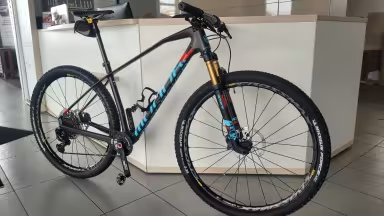
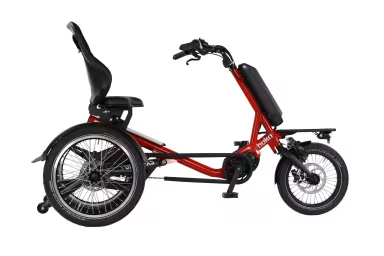
huka Bikes Cortes Xs

Mondraker ARID CARBON

